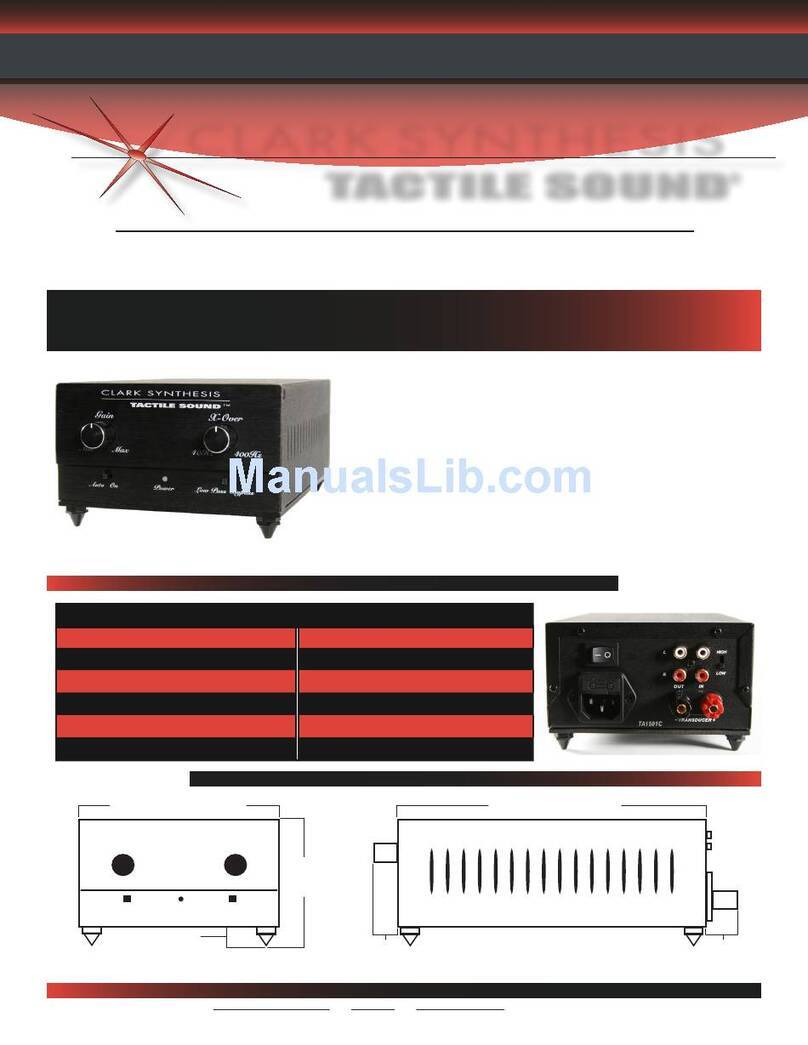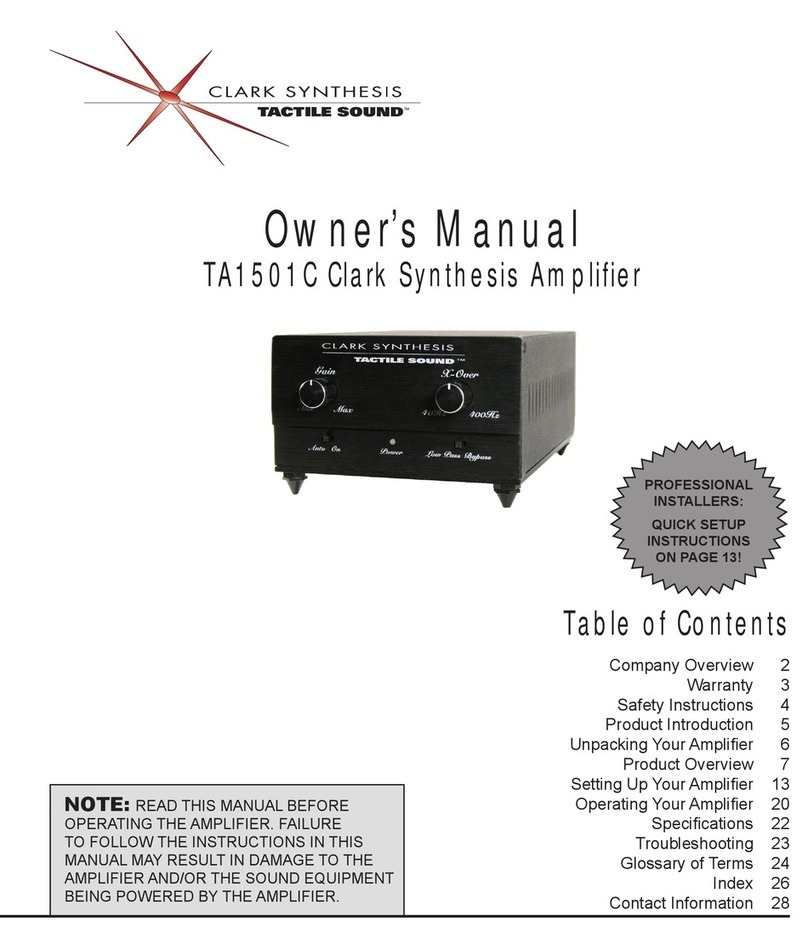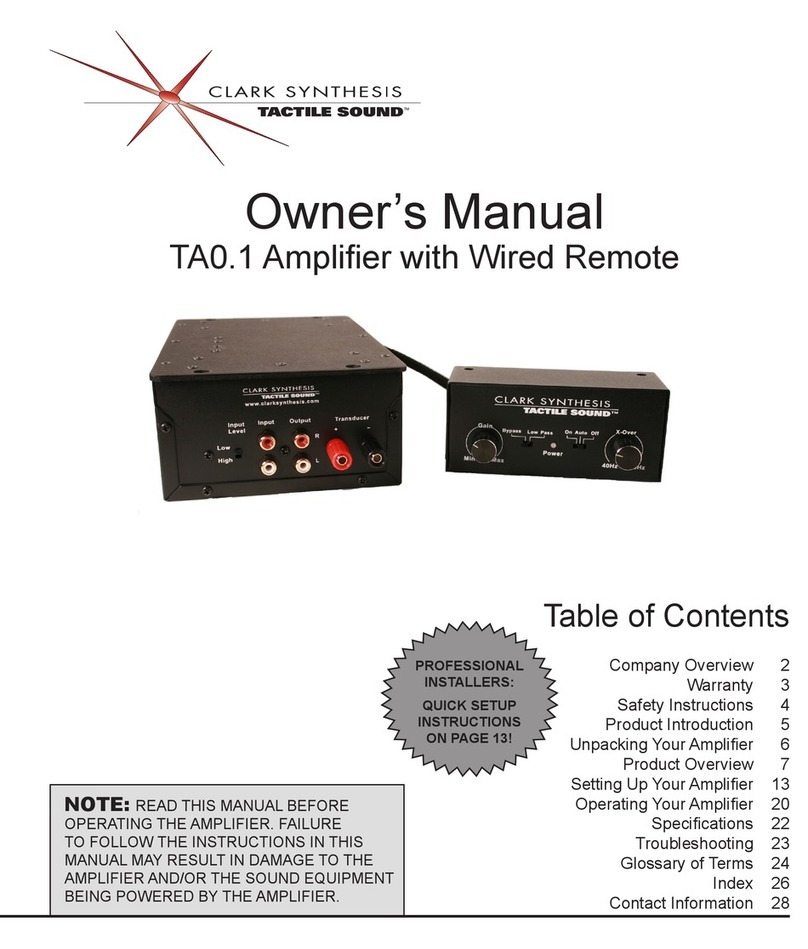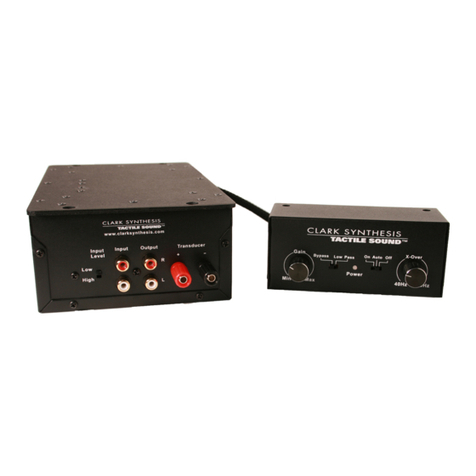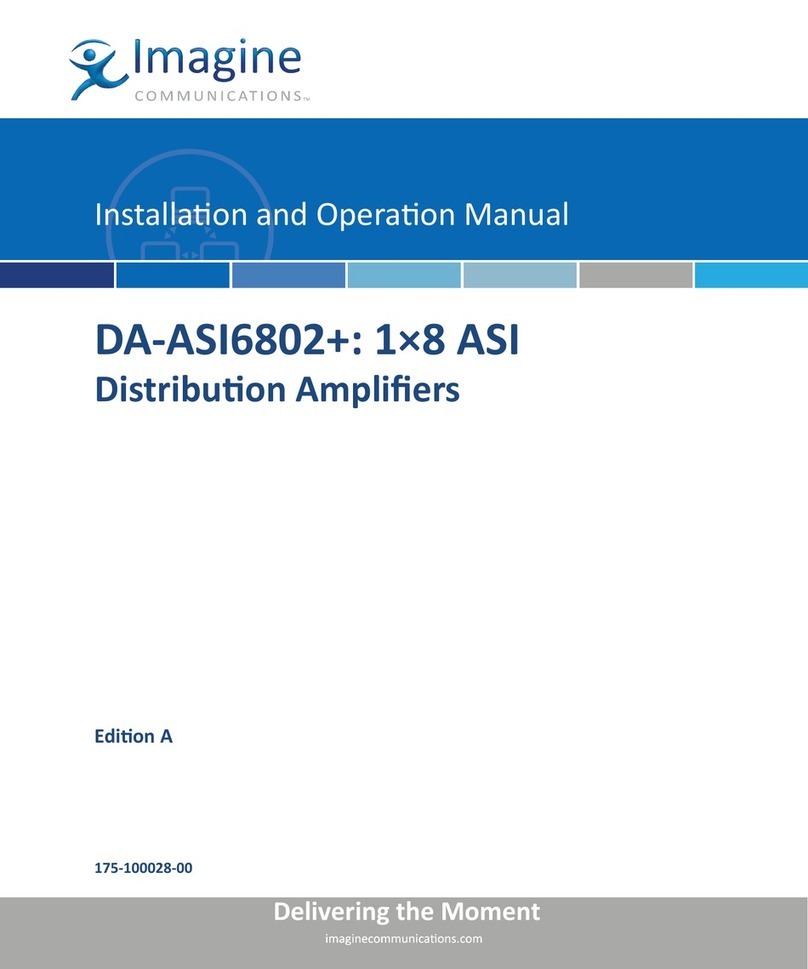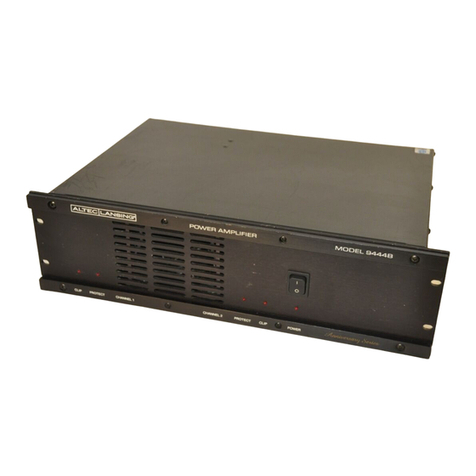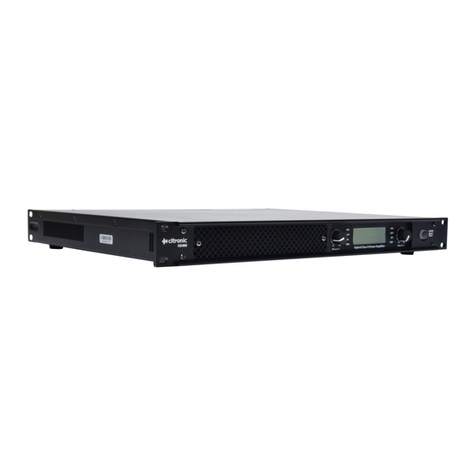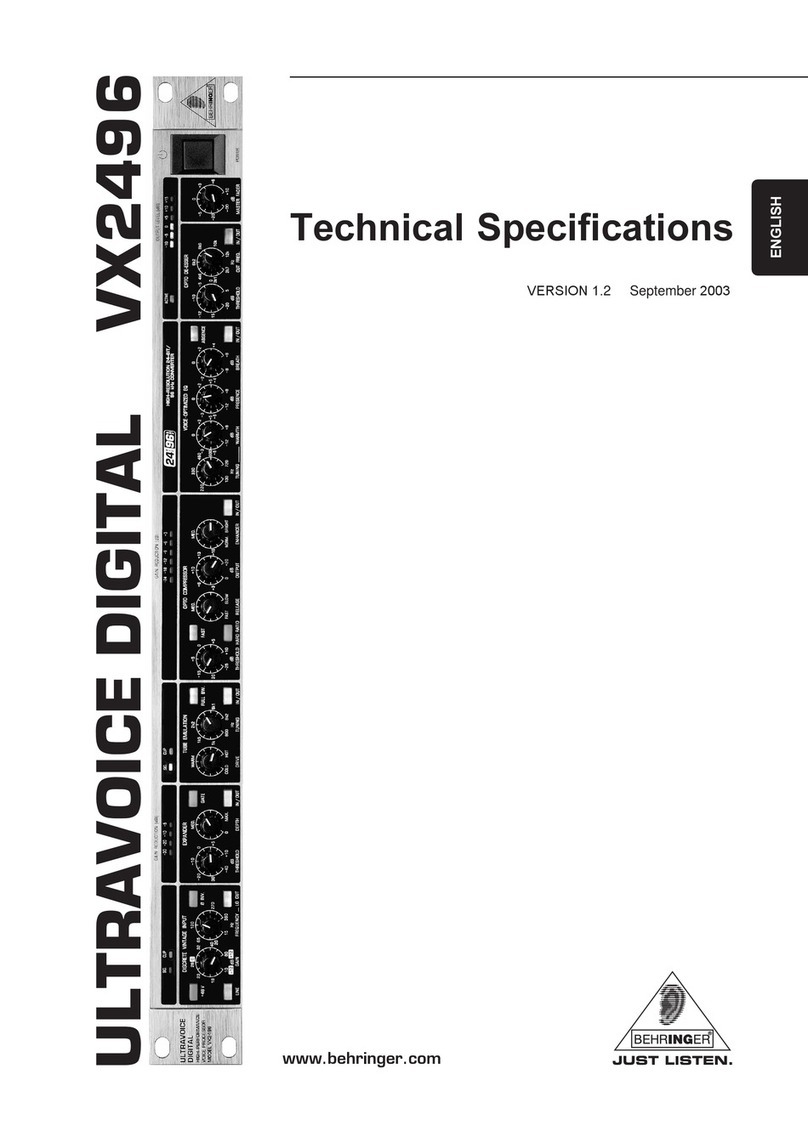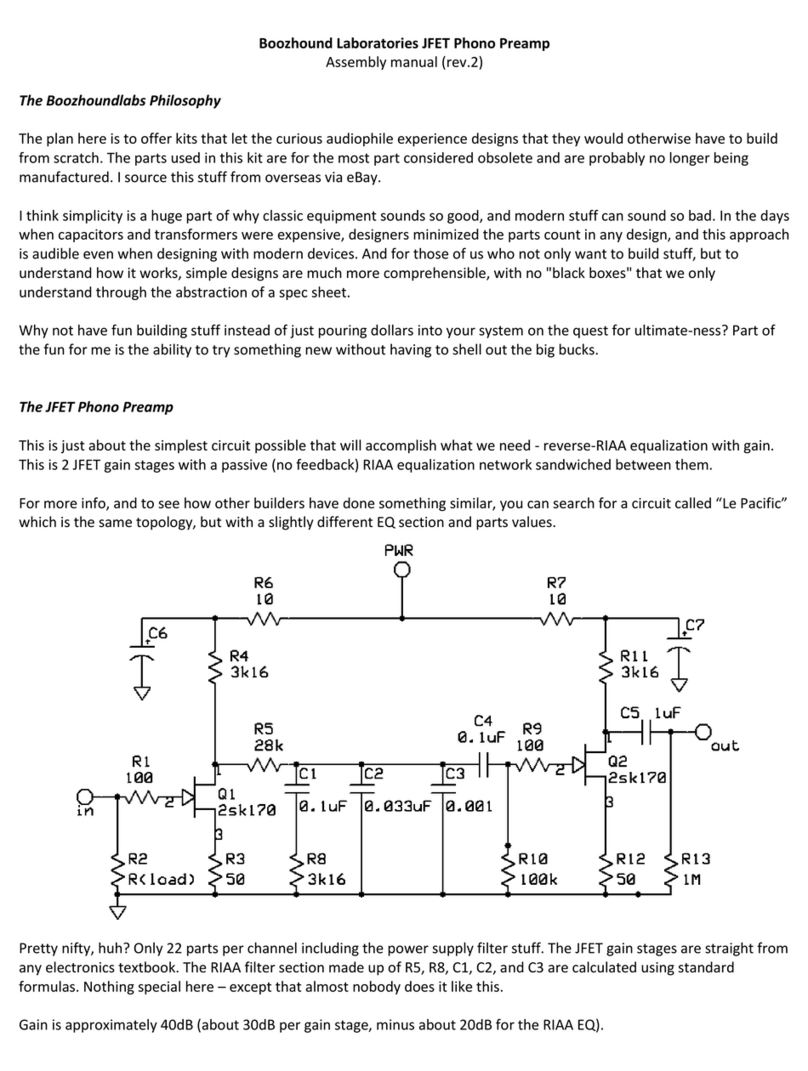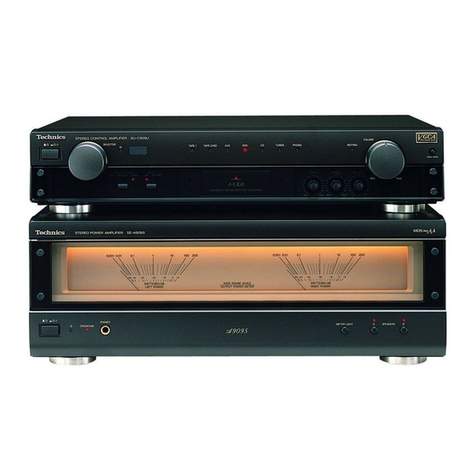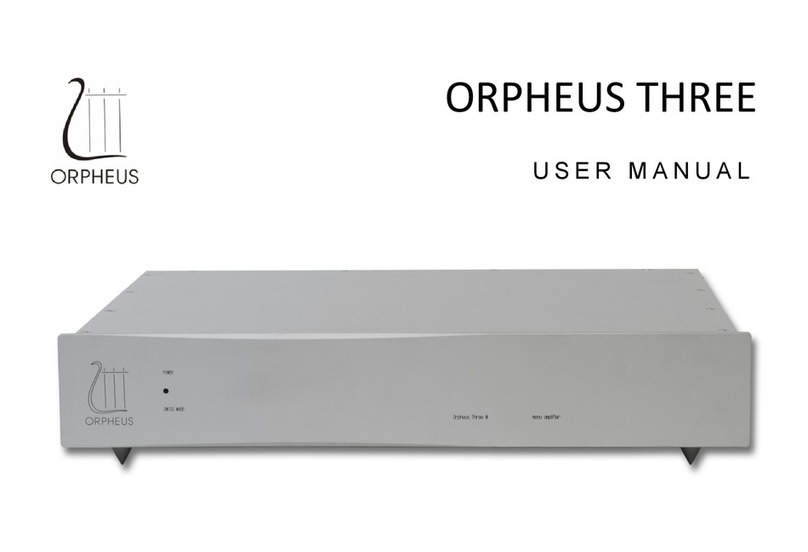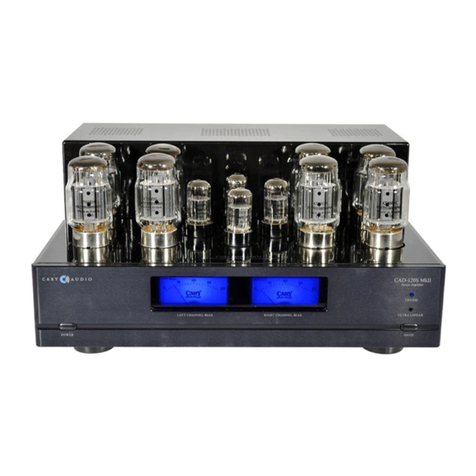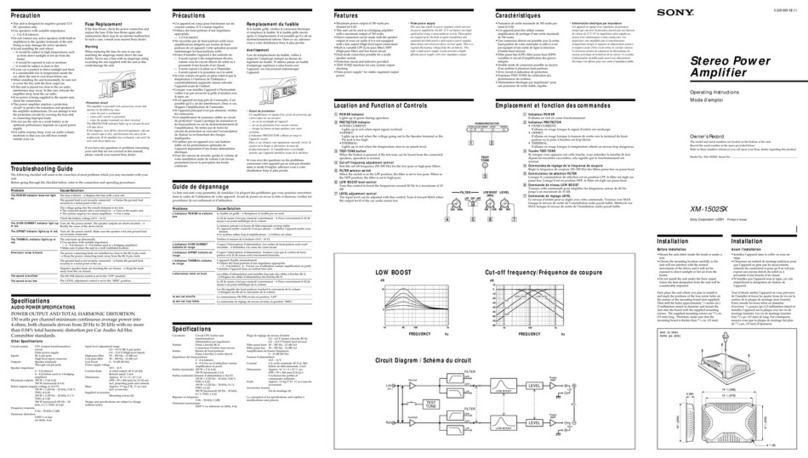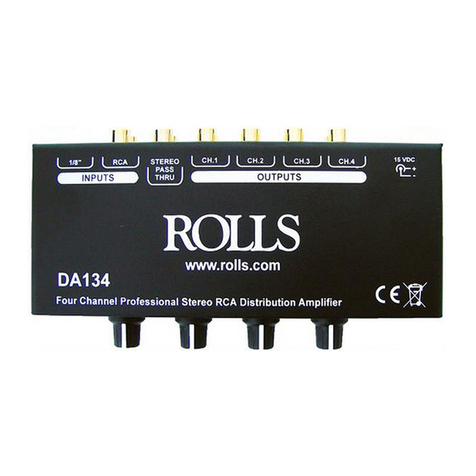
drawing a slightly abrasive set of strings (the bow) across a set of finely tuned strings. This excites the
strings which resonate and we hear these vibrations through our ears. However consider our performer
who also feels these sounds. This feeling is direct in the fullest sense of the word from the chin piece
directly into the violinist’s body. The three main sensation mechanisms for the musician are:
1. Through the ears via air-transmission.
2. Through the skin via tactile sound reception.
3. Through the Cochlea via bone conduction.
In short musicians experience music quite differently while playing than we do as passive listeners. That is
why when musicians hear music being reproduced with tactile sound transducers they’re usually ecstatic! In
fact professional musicians have taken the transducer technology on the road to save their hearing lighten
the load push their performance and improve their sound for the audience. Used with in-ear monitors
tactile monitoring can replace up to four 18-inch subs in a folded horn design. Many drummers say they play
better and the roadies have a lot less to load and tear down without the massive sub cabinet.
As an example of how transducers can impact someone who makes music his/her life consider this
anecdote that was relayed to us at Clark Synthesis. During a reception a conductor for the Denver
Symphony Orchestra stepped onto a cedar deck that was playing a Bach orchestral piece via Clark Synthesis
transducers. After several minutes he exclaimed that he had never heard orchestral music reproduced so
clearly and with such feeling. He exclaimed that he could hear and feel each instrument individually. Soon
he was sprawled out on the deck with his eyes closed and a grin on his face.
Musicians do indeed have a different frame of reference. If you want to experience a performance the way
musicians do all that is required is a Tactile Sound Transducer installed properly in the listening
environment.
Home Theater
The Clark Tactile Sound Transducer (TST) is essentially a special loudspeaker driver designed to vibrate a
large heavy structure—such as a chair or a floor—instead of a small light speaker diaphragm. TSTs are not
designed to replace conventional speakers and subwoofers but to supplement them. A Clark Synthesis TST
is a full-range device (in contrast to ordinary “bass shakers”) and it supplements conventional home theater
speakers and subwoofers in two ways: first it delivers physical vibrations that you both feel and hear
through bone conduction; and second it forms what amounts to a very large speaker wherein the resonant
structure to which it is attached actually generates audible sound. We have found that some people who
install a TST in a chair or couch for use with movies video games or music prefer to limit its range to the
lower frequencies; that is vibrations you mainly feel rather than hear. This can be achieved by using a low-
pass filter on the signal or supplying the TST with the LFE/Sub (Low Frequency Effects) channel of a
surround-sound signal (see the Clark Synthesis Tactile Sound installation manual for more details).
It must be noted however that allowing higher frequencies in the mix improves the intelligibility of movie
dialog and clarity in general. Indeed this is one of the principal benefits of bone conduction. The trade-off
however is that occassionally you will hear voices in a mono-soundtrack or an off camera scene coming
from the seat of your chair! Should this occur try adjusting the volume of the TST’s amplifier and the low-
pass filter setting until an acceptable balance is achieved. Another easy way to fine-tune this is to use an
equalizer to filter out the imposing frequencies. An equalizer added to the system allows wide bandwidth
effect experience compared to a crossover. (Note that “chair sound” is not an issue when you wear
headphones. In fact this is an especially great way to experience video games.)
Automobiles
Adding TSTs to your car can assist in lifting the sound stage to head height and clearly define center stage
imaging. The TST can bring out details that standard speakers cannot produce. With the use of tactile
sound the hearing paths improve the in-car experience like no other component can. If you plan to install
a TST in your car, Clark Synthesis highly recommends that you contact a car audio installation
specialist.
Platforms, Risers, Stages, and Decks
When TSTs are used beneath floors stages or wood decks full-range reproduction is desirable. This is
because the TSTs are being used both to generate tactile sensations and to supply audible sound via the
coupling surface that supplements the main speakers. A popular application for the All-Weather TSTs is to
use them to reproduce music by attaching them to wood decks.




